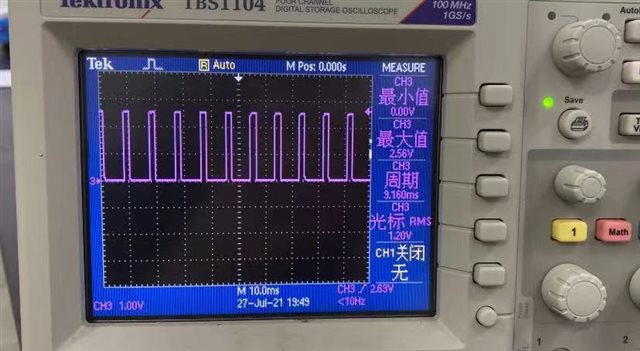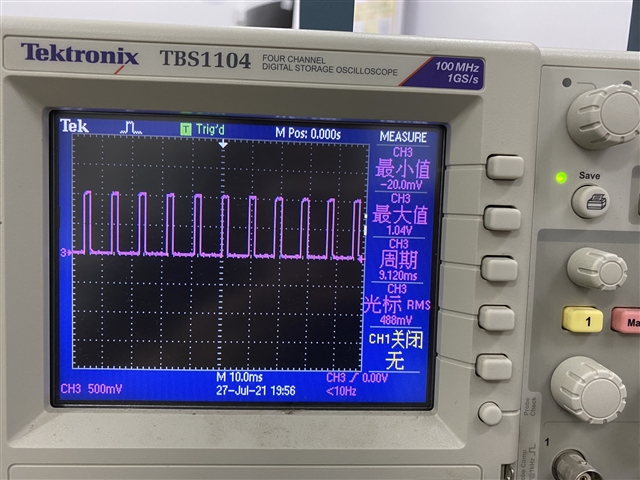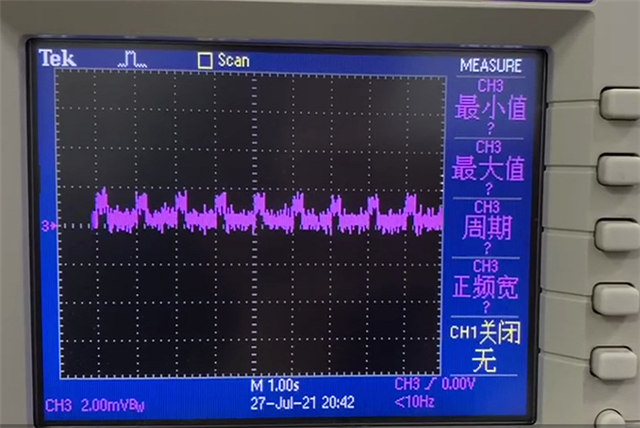Hello! I am using dac80508evm to connect my microcontroller, i.e. CS, SCLK, SDO, SDI, GDN and vio (3.3V), with external VDD of 5V.
At present, I have written the SPI program about microcontroller. I want to start with reading device ID, but it has not been successful.
I'd like to ask you a few questions:
1. What steps should be taken before reading ID( I know that I need to send 0x81 00 00, 0x00 00 00 to read the device. Are there any other operations before sending the command?)
2. What should be configured to satisfy the sequence diagram?
3. After I provide Vdd and vio, is the power on completed? Can SCLK be displayed directly? I didn't see it on an oscilloscope.
4. What initialization does dac80508 need?
I am a beginner in this area, many problems may not be very mature, hope to get your help, thank you!
Best wishes!






